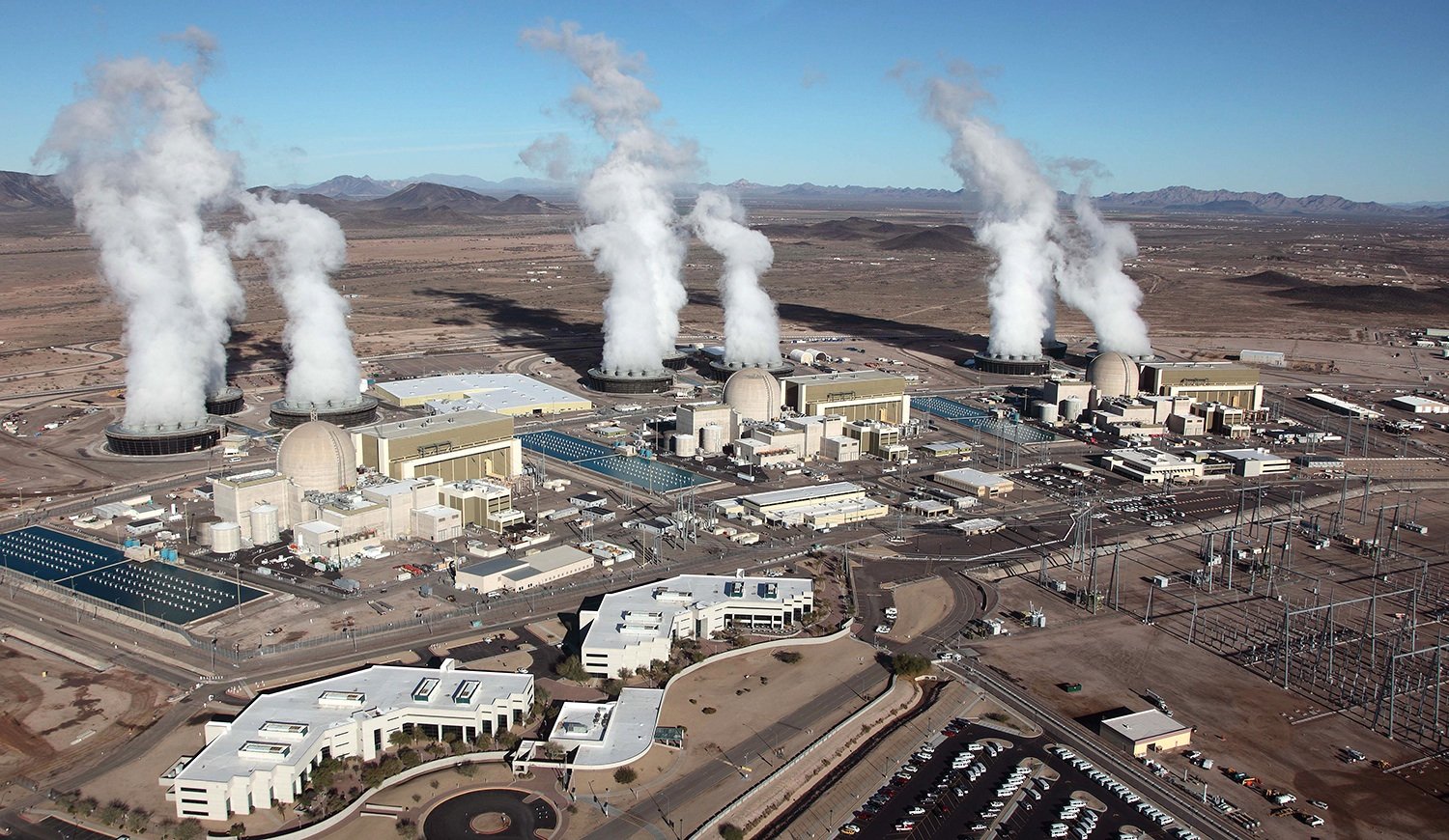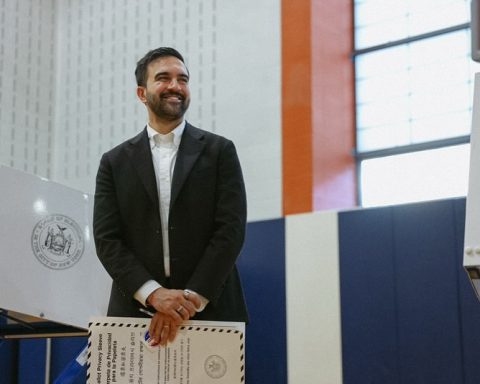The US Supreme Court on Thursday limited the power of the Environmental Protection Agency (EPA) to regulate greenhouse gas emissions from power plants, dealing a significant blow to the administration’s efforts. Biden to combat climate change.
The court split 6-3 along ideological lines in determining that Congress, through the Clean Air Act, did not give the EPA the authority to itself adopt a regulatory scheme to limit carbon dioxide emissions from power plants and to combat global warming.
Chief Justice John Roberts wrote the majority opinion, while the Court’s three-member liberal bloc dissented.
The decision is a victory for a Republican-led group of states and coal companies in their years-long attempt to reduce the EPA’s power to issue regulations meant to curb carbon emissions. “Limiting carbon dioxide emissions to a level that forces a national transition away from using coal to generate electricity may be a ‘sensible solution to the current crisis,’” Roberts wrote. “But it is not plausible that Congress would give EPA the authority to adopt such a regulatory scheme on its own in Section 111(d). A decision of that magnitude and consequence rests with Congress itself, or with an agency acting pursuant to a clear delegation from that representative body.”
Justice Elena Kagan, joined by Justices Stephen Breyer and Sonia Sotomayor, criticized the Court majority for imposing limits on the EPA that contradict the statute written by Congress and accused the majority of substituting “their own ideas about the formulation of policies by the ideas of Congress. Regardless of what this court knows, it has no idea how to address climate change. And let’s state the obvious: the stakes are high here,” Judge Elena Kagan wrote in her dissent.
““However, today the Court prevents an agency authorized by Congress from acting to curb carbon dioxide emissions from power plants. The Court appoints itself, rather than Congress or the expert agency, as the entity that makes decisions on climate policy. I can’t think of many more terrifying things.”
The case stems from the EPA’s Clean Power Plan, finalized in 2015, which implemented a directive by then-President Barack Obama to use a Clean Air Act ancillary provision to address climate change by imposing mandates on power plants. coal and natural gas to reduce emissions.
More than half of the states and other parties challenged the Clean Power Plan in federal court, and the Supreme Court in 2016 halted enforcement of the proposal in a 5-4 vote. As proceedings continued, there was a shift in presidential administrations. The EPA under then-President Donald Trump repealed the Obama-era standards after determining that it “significantly exceeded” its authority under federal environmental law.
The agency also released new guidelines for coal-fired power plants. A group of 22 states, environmental groups, and other stakeholders then challenged the repeal of the Clean Power Plan and the new guidelines, though 19 states, mostly Republican-led, and coal companies weighed in in support of the company’s actions. Trump administration.
President Biden has pledged to cut greenhouse gas emissions 50% from 2005 levels by 2030. Plans to combat climate change are a cornerstone of his national political agenda. But the president’s proposal has stalled in the Senate, and the upper house is unlikely to move to implement the climate provisions.
Biden condemned the Supreme Court decision, calling it “devastating” and damaging to the nation, but vowed to find ways for his administration to combat climate change, including through EPA action. “Today’s decision sides with special interests who have waged a long-term campaign to strip us of our right to breathe clean air,” he said in a statement. “We cannot and will not ignore the public health danger and existential threat posed by the climate crisis. Science confirms what we all see with our own eyes: wildfires, droughts, extreme heat and intense storms are putting our lives and livelihoods at risk.”


















